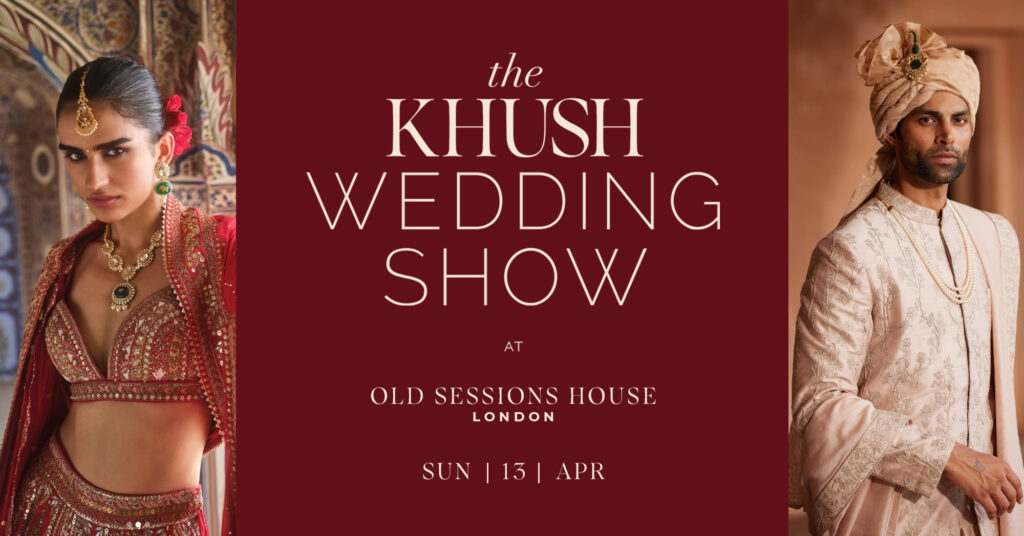Once upon a time, love was simple—or at least, that’s how the story went. Boy meets girl. They fall in love. They get married in a grand ceremony, exchange vows promising forever, and build a life together under the legally sanctioned institution of marriage. It was a formula that worked for centuries, reinforced by cultural norms, religious doctrines, and economic structures that made marriage both a romantic ideal and a practical necessity.
But today’s love stories are no longer bound by the same script. Modern relationships are evolving at an unprecedented pace, influenced by economic shifts, changing gender roles, and a generation that views commitment through a different lens. The notion of a lifelong, all-encompassing marriage is no longer the only—or even the preferred—model for many couples. Instead, love in the 21st century is being shaped by three key trends: legal cohabitation, contractual partnerships, and AI matchmaking.
At first glance, these changes might seem transactional, stripping romance down to legal agreements, negotiations, and algorithms. But a deeper look reveals that these new relationship models aren’t about the loss of love—they are about making love more intentional, thoughtful, and tailored to individual needs. They reflect a world where commitment is no longer dictated by outdated social structures but is instead defined by personal choice, mutual respect, and, in many cases, a pragmatic approach to long-term partnership.
So, is modern love becoming more clinical, or is it simply adapting to the realities of contemporary life? Let’s explore how these shifts are reshaping relationships—and what they mean for the future of love, commitment, and marriage.
Legal cohabitation: Commitment without the wedding bells
For centuries, marriage was seen as the ultimate goal of a committed relationship, serving as both a legal and social milestone. It provided financial security, social recognition, and a sense of permanence. But for many modern couples, marriage feels more like an outdated institution than a necessary step.
This is where legal cohabitation—a middle ground between casual relationships and traditional marriage—has gained traction. In countries like France (Pacte Civil de Solidarité or PACS), Sweden (Sambo agreements), and the Netherlands (Registered Partnerships), legal cohabitation grants couples similar rights to those of married spouses, including tax benefits, inheritance rights, and healthcare access, without requiring them to enter a formal marriage.
What makes legal cohabitation appealing is its flexibility. Unlike marriage, which often comes with societal and familial expectations, legally cohabiting partners can tailor their agreements to suit their specific needs. It allows couples to enjoy the benefits of a stable relationship without the pressure of wedding vows, religious traditions, or the legal complexities of divorce should they decide to part ways.
For many millennials and Gen Z couples, this shift represents a rejection of the rigid structures that once governed relationships. Marriage is no longer the only path to a fulfilling and secure partnership. Instead, couples are choosing arrangements that prioritise their autonomy, financial independence, and shared values—without necessarily needing a wedding ring to prove their commitment.
Contractual partnerships: Love, negotiated on paper
At its core, marriage has always been a contract. It may come with romance, ceremonies, and grand declarations of love, but legally, it is a binding agreement between two individuals outlining their rights and responsibilities to each other. But today, couples are taking this concept one step further. Rather than relying on the traditional “one-size-fits-all” marriage model, many are drafting customised relationship contracts that explicitly define their expectations for their partnership—down to the smallest details.
These contracts go beyond financial arrangements. They can include agreements on domestic responsibilities, parenting styles, social obligations, and even guidelines for conflict resolution. Some couples incorporate clauses about how often they will go on date nights, how they will split household chores, or how they will navigate personal space and career ambitions.
For high-net-worth individuals or couples with significant assets, such contracts are particularly useful. But even for everyday couples, having clear, upfront agreements fosters open communication and removes the ambiguity that often leads to misunderstandings and resentment. Instead of assuming what the other person expects in a relationship, contractual partnerships encourage both parties to lay everything on the table from the start.
This may sound overly pragmatic—perhaps even unromantic. But in reality, strong relationships are built on clarity and mutual understanding. When couples define their own terms rather than relying on societal norms, they are not diminishing love; they are creating a more stable and transparent foundation for it.
AI matchmaking: When love meets algorithms
If dating apps were the first technological revolution in modern romance, AI matchmaking is the next frontier. Gone are the days of swiping mindlessly through potential matches based on superficial criteria. With advancements in artificial intelligence, matchmaking is becoming far more sophisticated—leveraging data science, behavioural analysis, and even biometric tracking to predict compatibility with astonishing accuracy.
Companies like Tawkify, eHarmony, and advanced AI-driven matchmaking services are now using machine learning to analyse personality traits, communication styles, and long-term relationship potential. Some even track subconscious preferences—such as how people respond to different tones of voice or body language cues—to determine true compatibility.
For those frustrated with the chaos of modern dating, AI offers an alternative: a precise, data-driven way to find partners who align with their values, ambitions, and emotional needs. Of course, sceptics argue that AI matchmaking removes the mystery and serendipity of falling in love. Can an algorithm ever truly replicate the magic of locking eyes across a crowded room or an unexpected conversation that sparks a deep emotional connection? Perhaps not. But in an age where dating often feels like a numbers game—with endless swipes, ghosting, and short-lived flings—AI matchmaking presents a way to cut through the noise and increase the chances of meaningful connection.
The future of love: Pragtamism or progress
As we move further into the 21st century, one thing is clear: love is no longer bound by outdated traditions. Whether through legal cohabitation, contractual partnerships, or AI-driven matchmaking, modern relationships are becoming more intentional, structured, and personalised. Does this mean that romance is fading? Quite the opposite. Love is evolving—not into something colder or more transactional, but into something more conscious, deliberate, and deeply rooted in individual choice.
In a world that values customisation, why should relationships be any different? Whether couples choose a legally recognised partnership without marriage, define their own terms in a contract, or trust AI to guide them toward the right match, the core of love remains unchanged: connection, commitment, and shared understanding. So perhaps the question isn’t whether modern relationships are too pragmatic. Instead, it’s whether we are finally embracing love in a way that works for us—on our own terms.














